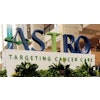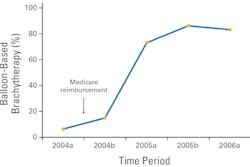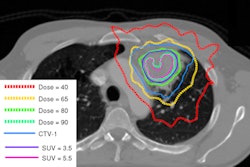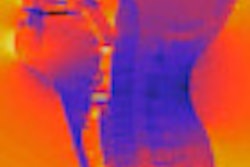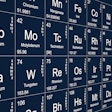More women over the age of 70 with early-stage breast cancer are having breast brachytherapy treatments in lieu of conventional radiotherapy treatments following breast conservation surgery, according to a study presented at the American Society of Clinical Oncology (ASCO) last week in Chicago.
Researchers at Thomas Jefferson University Hospital in Philadelphia performed a population-based analysis using the Surveillance, Epidemiology, and End Results (SEER) database to evaluate changes in patterns of radiotherapy usage among older women who underwent treatment between 2000 and 2007. They identified 18,789 women diagnosed with stage I breast cancer who had a lumpectomy followed by some form of radiotherapy treatment. The women ranged in age from 70 to 108 years, with a median age of 77.
Overall, 68% of these patients received external-beam radiotherapy treatments, 3.2% got breast brachytherapy treatments, and 5.5% received other types of radiotherapy treatments. Some 5,354 women, or 28.5% of the total, did not have any type of radiotherapy treatments.
Dr. Xinglei Shen, a resident who presented the findings in an ASCO poster session, said that there was an increase of 6.2% in the use of breast brachytherapy treatments since 2002. In 2000, only 0.5% of women underwent the then largely experimental treatment. During the study period, the percentage of external-beam radiotherapy treatments dropped, from 68.5% in 2000 to 55.9% in 2007.
A slightly higher percentage of patients with estrogen receptor (ER)-positive tumors (26.9%) were more likely to omit radiotherapy treatments than patients with ER-negative tumors (23.8%), and this percentage for ER-positive patients has increased from 24.4% to 29.5% since 2000.
In a different ASTRO poster, researchers reported that, based on a population-based analysis of almost 27,000 women, adjuvant radiotherapy after lumpectomy reduces breast cancer mortality in women over age 70 with stage I ER-negative breast cancers.
Of particular concern to the research team was that they discovered radiation therapy was underutilized by these patients. The researchers identified 26,652 women age 70 and older who had a lumpectomy after being diagnosed with stage I invasive ductal breast cancer from 1990 through 2007. Within this group, they identified 2,882 women with ER-negative tumors, of whom 23.7% did not undergo any radiotherapy treatment.
